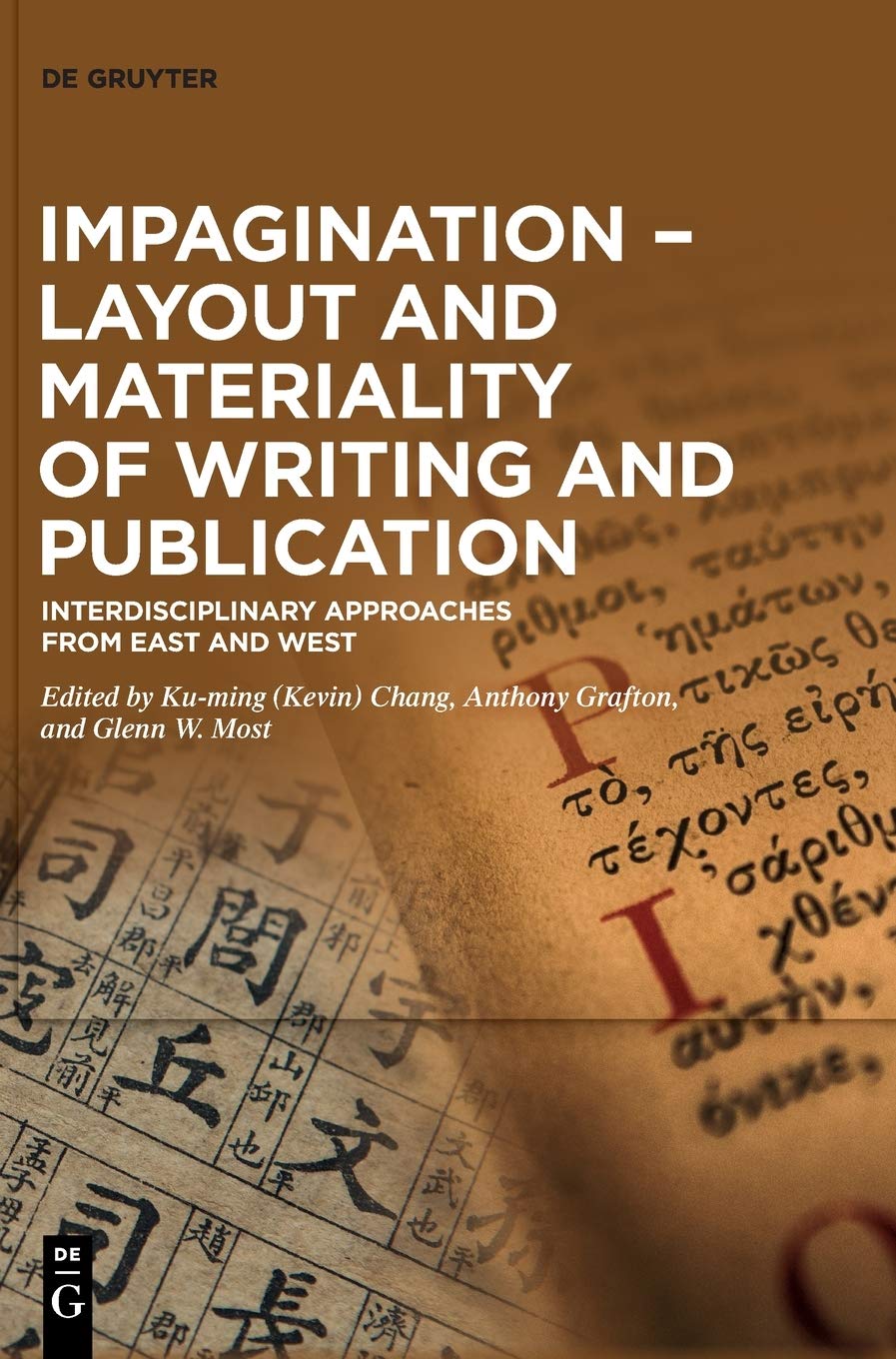

Most ebook files are in PDF format, so you can easily read them using various software such as Foxit Reader or directly on the Google Chrome browser.
Some ebook files are released by publishers in other formats such as .awz, .mobi, .epub, .fb2, etc. You may need to install specific software to read these formats on mobile/PC, such as Calibre.
Please read the tutorial at this link: https://ebookbell.com/faq
We offer FREE conversion to the popular formats you request; however, this may take some time. Therefore, right after payment, please email us, and we will try to provide the service as quickly as possible.
For some exceptional file formats or broken links (if any), please refrain from opening any disputes. Instead, email us first, and we will try to assist within a maximum of 6 hours.
EbookBell Team

4.3
28 reviewsThis volume is a comparative study of the practice of impagination across different ages and civilizations. By impagination we mean the act of placing and arranging spatially textual and other information onto a material bearer that could be made of a variety of materials (papyrus, bamboo slips, palm leaf, parchment, paper, and the computer screen). This volume investigates three levels of impagination: what is the page or other unit of the material bearer, what is written or printed on it, and how is writing or print placed on it. It also examines the interrelations of two or all three of these levels. Collectively it examines the material and materiality of the page, the variety of imprints, cultural and historical conventions for impagination, interlinguistic encounters, the control of editors, scribes, publishers and readers over the page, inheritance, borrowing and innovation, economics, aesthetics and socialities of imprints and impagination, and the relationship of impagination to philology. This volume supplements studies on mise en page and layout - an important subject of codicology - first by including non-codex writings, second by taking a closer look at the page or other unit than at the codex (or book), and third by its aspiration to adopt a globally comparative approach. This volume brings together for comparison vast geographical realms of learning, including Europe, China, Tibet, Korea, Japan and the Near Eastern and European communities in which the Hebrew Bible was transmitted. This comparison is significant, for Europe, China, and India all developed great traditions of learning which came into intensive contact. The contributions to this volume are firmly rooted in local cultures and together address global, comparative themes that are significant for multiple disciplines, such as intellectual and cultural history of knowledge (both humanistic and scientific), global history, literary and media studies, aesthetics, and studies of material culture, among other fields.